
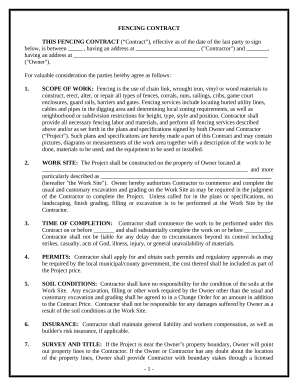
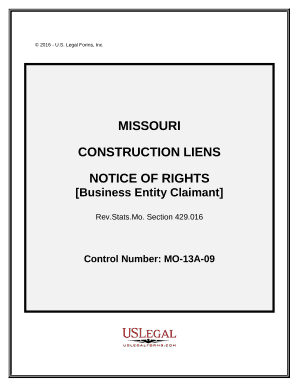



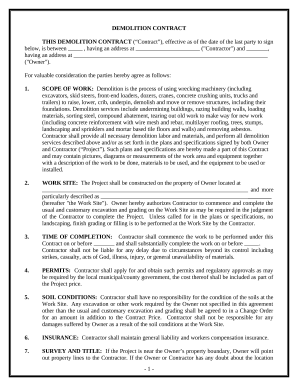

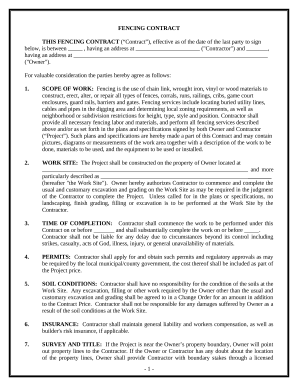


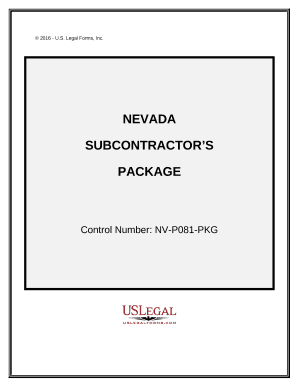

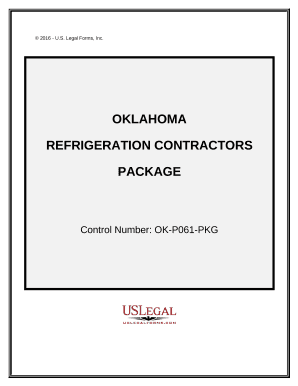

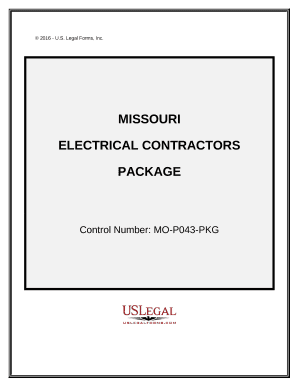
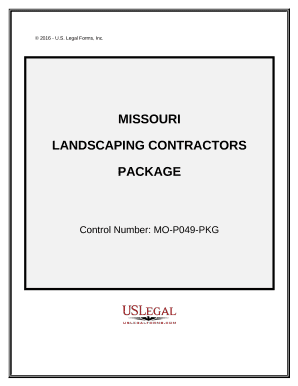


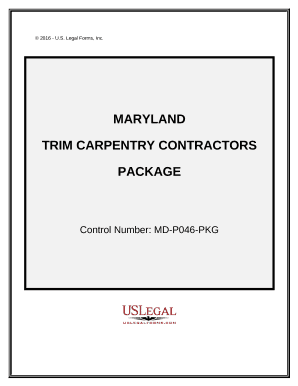
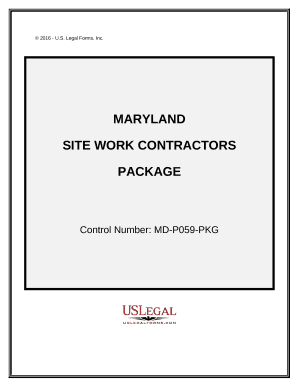




Your workflows always benefit when you can locate all the forms and files you need at your fingertips. DocHub gives a a huge library of form templates to relieve your everyday pains. Get hold of US Construction Forms category and quickly browse for your form.
Start working with US Construction Forms in several clicks:
Enjoy smooth file management with DocHub. Discover our US Construction Forms collection and get your form right now!